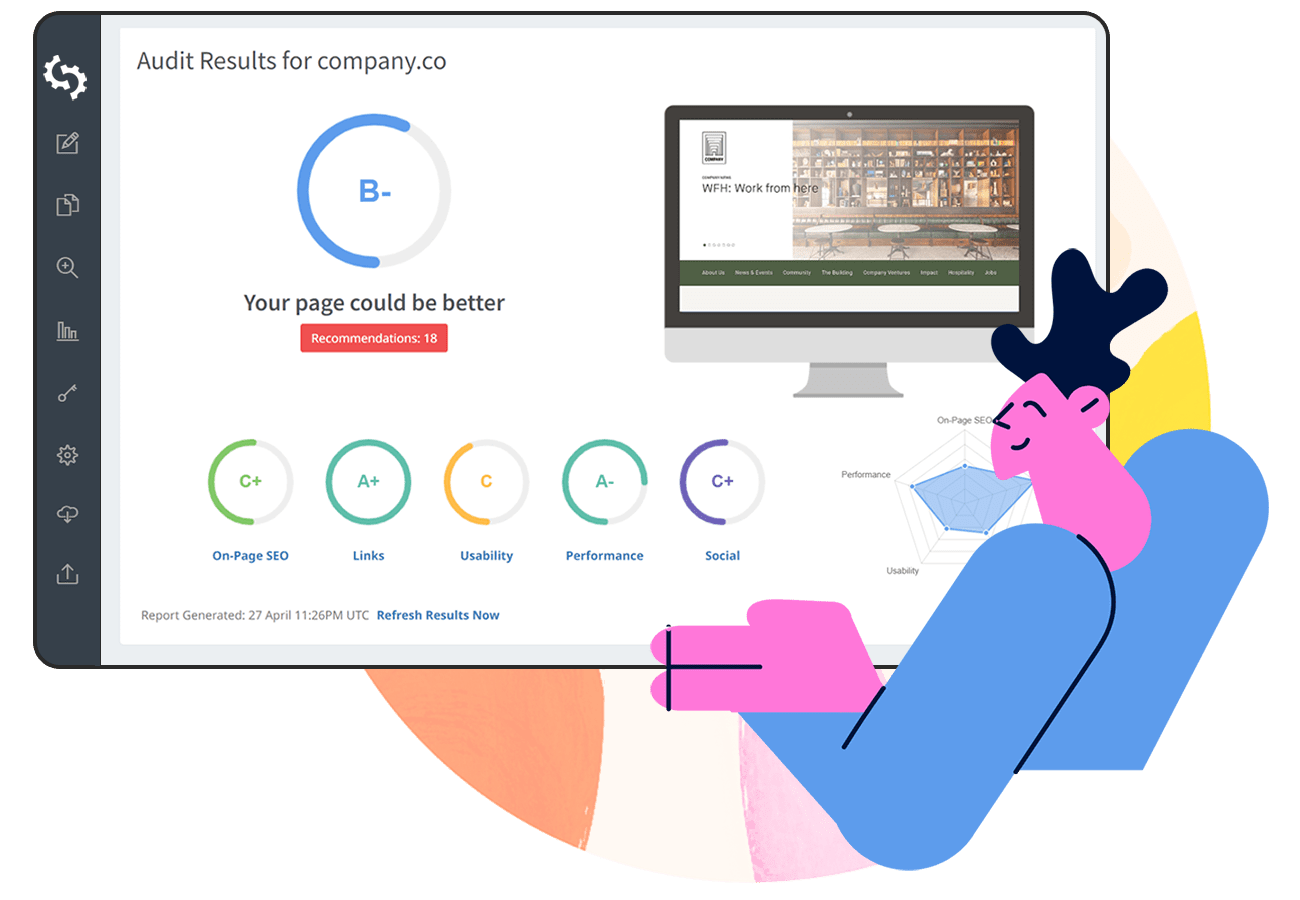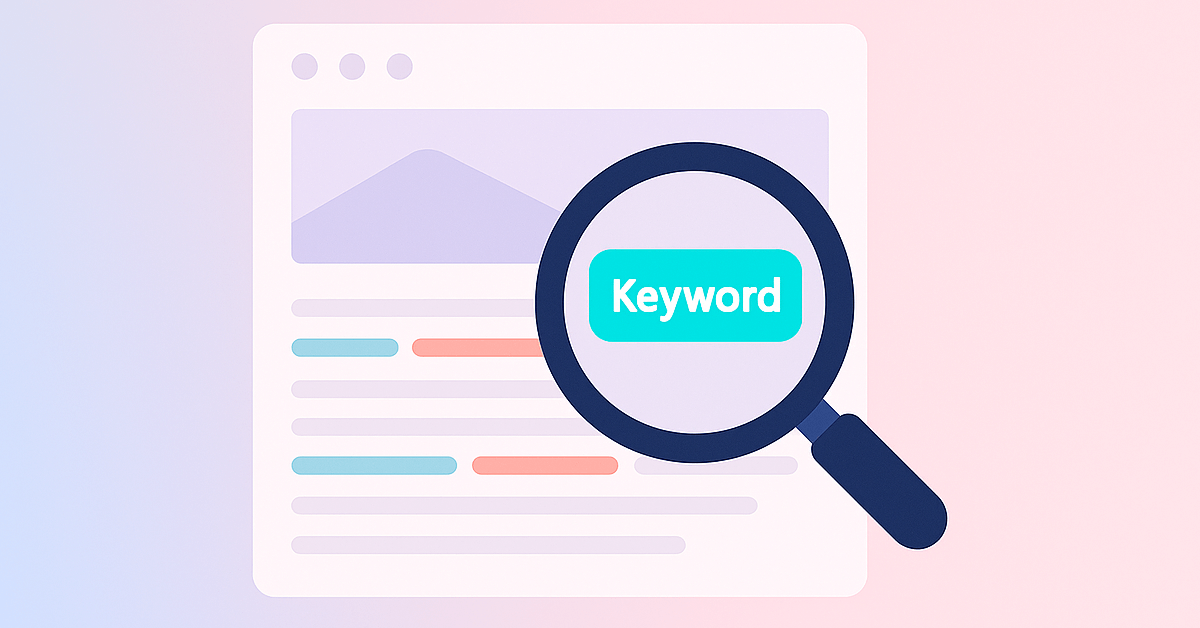
Search Experience Optimization (SXO) is the process of combining SEO with user satisfaction to improve a domain’s organic visibility. Well-defined SXO strategies optimize the overall user journey to enhance website performance and conversions.
With SXO, you can deliver a great experience, publish helpful content, speed up your site with faster loading times, and build trust by acquiring reviews and earning inbound links from trusted sources.
SXO tactics also help you gain an edge over your competitors by optimizing for user intent, applying user-centric design, and following proven UX best practices that result in happier customers and improved engagement.
In this article, I will break down the key elements of SXO and show you how to apply them to improve page rankings and satisfy user intent.
What is SXO?
SXO consists of multiple elements, such as UX design principles, schema markup, high-quality content, mobile-friendly page structure, and other tactics that together improve both website visibility and user satisfaction.
A positive search experience depends on fast-loading pages, mobile friendliness, intuitive usability, and content that directly addresses user intent.
SXO combines SEO tactics and UX principles to optimize not just how pages rank but also how users interact with them after clicking.
SXO is all about reducing friction throughout the user’s search journey - not just getting clicks, but making sure that the user’s post-click experience feels valuable and tailored
- Emily Griffiths, Content Manager at Quirky Digital
When done right, SXO speeds up your website and enhances usability. It also delivers a smooth journey that meets user needs and results in a higher level of conversions.
Difference between SXO and SEO?
Here are the major differences between SXO and SEO:
- SEO refers to a broad set of organic marketing tactics that improves a domain’s organic visibility, while SXO is a part of SEO that enhances the user journey after a search click.
- SXO helps to improve usability, match content with user intent, and encourage actions like signups or purchases, while SEO is primarily used to increase organic traffic by ranking higher in search engines.
- The success of SEO is measured by rank tracking and organic traffic improvement. SXO is measured by tracking behavioral metrics such as bounce rate, scroll depth, engagement, and conversion rate.
- SXO improves conversions, not just clicks, by creating an experience that satisfies user needs and encourages interaction, while SEO brings in more users to the site by creating and optimizing intent-driven landing pages.
Why is SXO Important?
Here are the top advantages of search experience optimization:
Improves User Satisfaction
SXO creates experiences that are useful for real people by creating and optimizing pages that match customers’ needs and desires.
From fast-loading images and easy-to-scan content structure, SXO leverages various design elements and best practices that lead to higher satisfaction and a stronger likelihood of repeat visits.
Well-planned navigation combined with organized information gives visitors what they need, and when they find answers to their questions, they are more likely to contact your business.
Leveraging search experience optimization, you can craft helpful content, optimize for mobile, build a good Core Web Vitals score, and create a strong user interface.
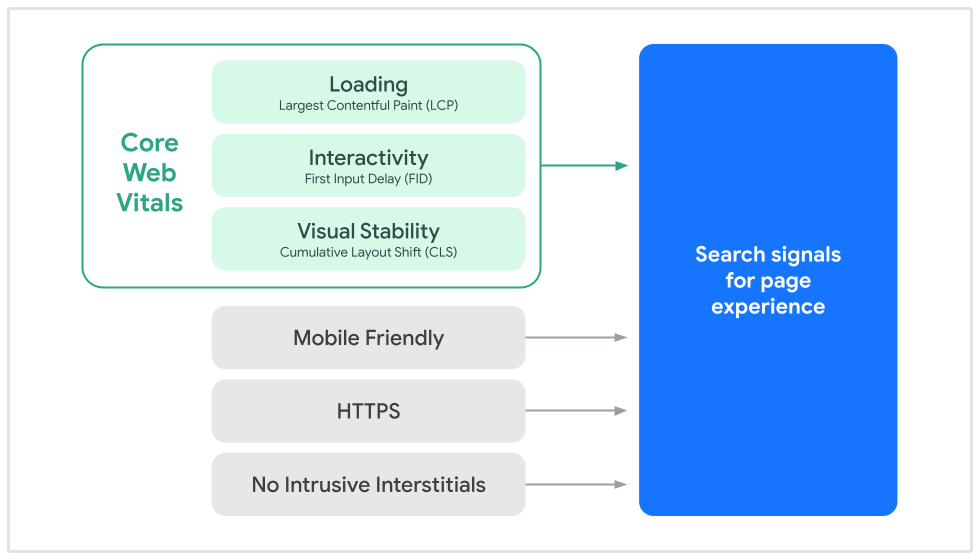
Increases Conversion Rates
SXO supports conversions by delivering what users need at the right time. Instead of vague messaging, you design a search intent-first website architecture that fulfills visitors' primary goals.
It also lets you bridge the gap between what your site visitors want and how you can convince them to visit your main money pages.
Conversion actions such as signups should be placed logically within the page structure, allowing users to act without confusion.
Since SXO lets you create a mobile-first website, mobile users benefit from user-friendly mobile navigation and faster mobile-friendly payments, which make completing a purchase fast and convenient.
Strengthens E-E-A-T Signals
SXO strengthens E-E-A-T by helping you write well-researched, reliable, people-first, and helpful content.
The main idea of Search Experience Optimization is that each page that you create should present organized information that is easy to understand and backed by original information and research.
This means that content should be authored by an expert having deep subject knowledge, which contributes to a strong Google E-E-A-T score.
For instance, Howie Sacks & Henry LLP, a personal injury law firm based in Toronto, publishes blog posts on different personal injury topics like civil trial costs, disability claims, etc.
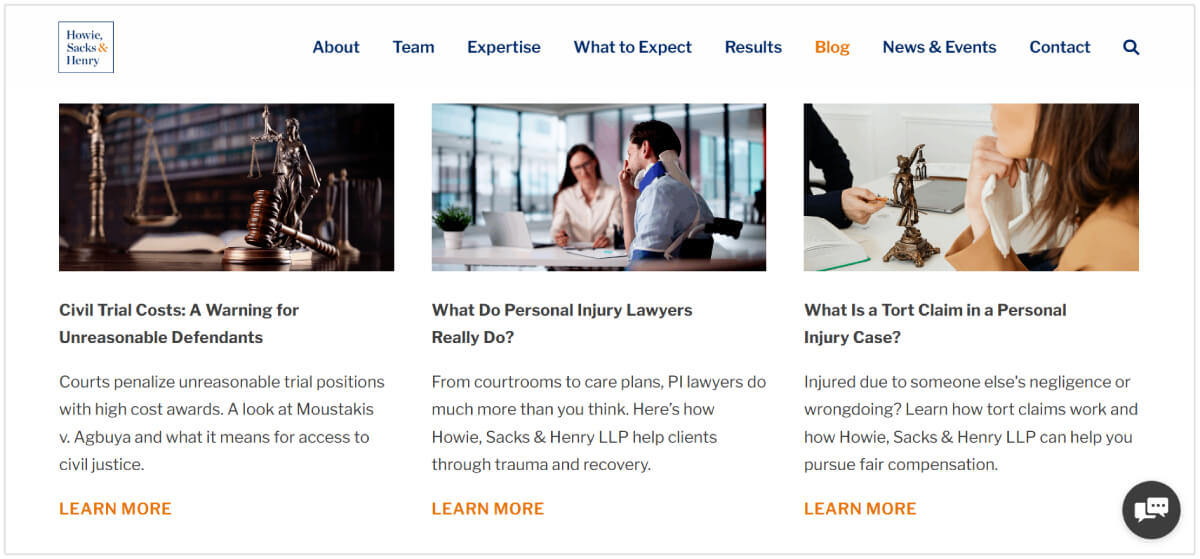
However, each blog post is authored by a practicing attorney in the relevant field. The below article on worker injury is authored by a personal injury and employment lawyer.

Google's core ranking systems favor content that is less AI-generated and contains relevant human insights and original research.
Updated and intent-specific content keeps the site relevant and compliant with no violation of spam policies like scaled content abuse.
SXO helps create a trusted experience that satisfies both user’s and search engine’s expectations.
Supports Long-Term SEO Performance
Search Experience Optimization helps your website acquire visitors for the long term. It leverages responsive layouts, HTTPS implementation, and content-first design to prioritize user engagement and retention.
Consistently publishing content updates, optimizing product pages, and showcasing social proof through reviews, testimonials, and awards reinforces brand reputation and trust signals, which leads to long-term SEO success.
Tools like A/B testing, heatmaps, and session recordings help you review data into actual user behavior to improve conversion rate, customer retention, and user engagement.

Ways to Improve Search Experience Optimization (SXO)
Here are the top ways to improve search experience optimization:
1. Understand User Intent
Every search reflects a purpose.
Behind each keyword is a reason. It may be a need, a goal, or a challenge. Hence, you should understand the ‘why behind what.’
Many users are pain-conscious and looking for immediate help or answers.
Recognizing the needs lets you customize content for each phase of the search journey.
A quick way to identify user intent is to conduct a search query, check the SERPs, and analyze the ranking content.
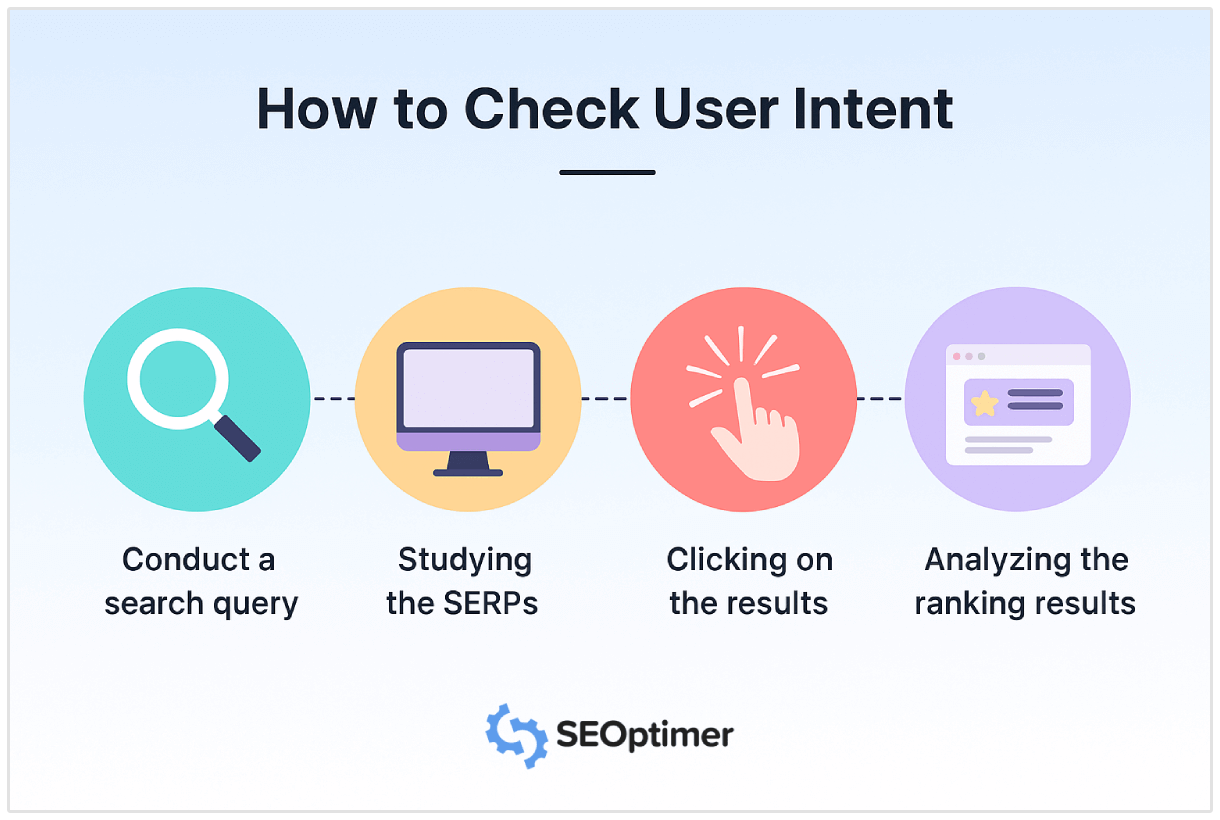
Look at the common phrases used in headlines, the format of the content (listicles, guides, reviews), and whether they answer questions directly.
Pay attention to featured snippets, People Also Ask boxes, and the tone or depth of the content. These details reveal what Google believes best satisfies the query and that’s your blueprint for aligning with user intent.
Search intent can take many forms. It can be informational, navigational, local, or transactional.
Keyword-related questions offer clues. So do search modifiers like 'near me' or 'top rated'.
Seasonality can also change what people search for and when. For instance, searches for keywords like "Christmas gift ideas" tend to pick up before December, and then die down thereafter.
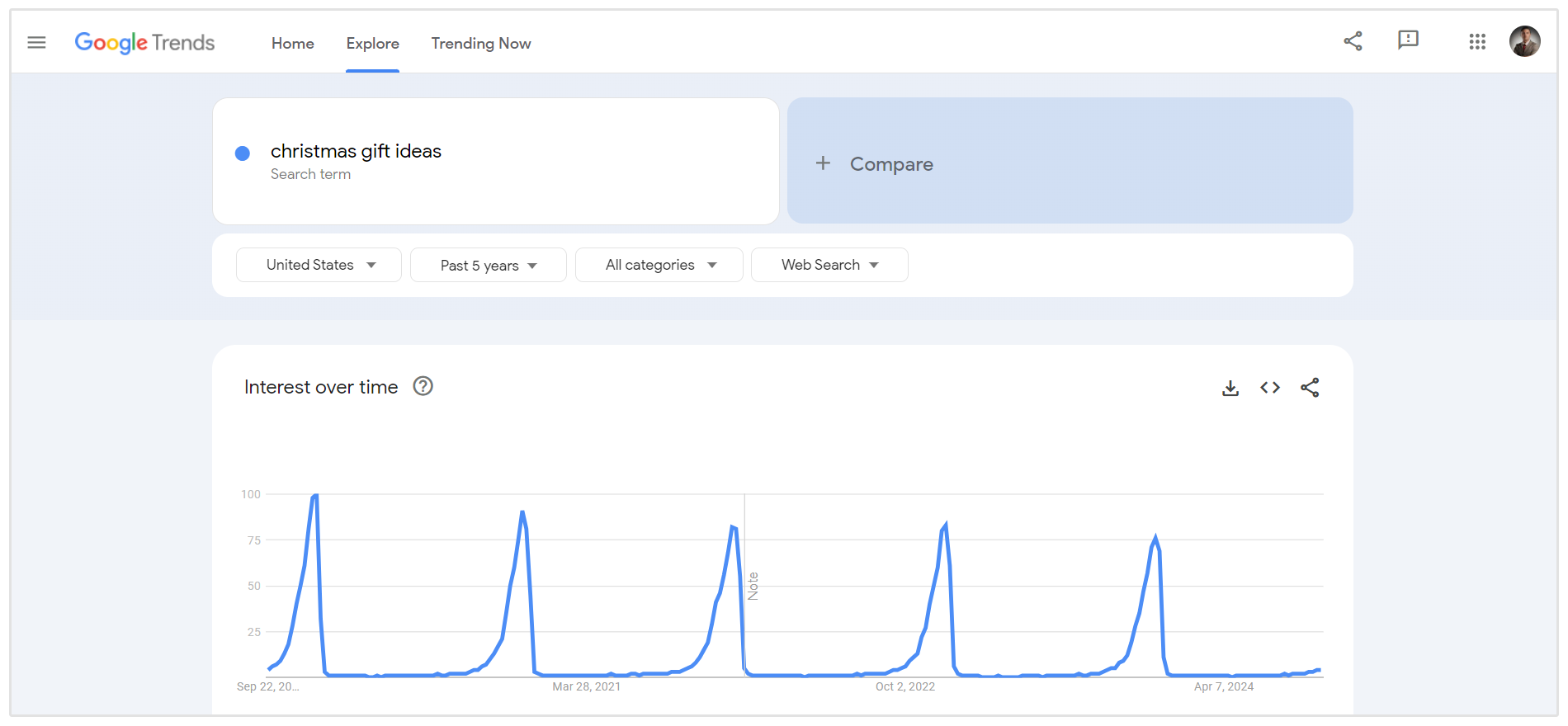
Pay close attention to your target audience’s behaviors, habits, interests, and lifestyle. Their actions reveal what they want and how they move through the buyer’s journey.
You should create keyword-driven pages and content based on customer insights. Understanding buyer intent when optimizing your website boosts visibility and strengthens your ROI through better engagement and relevance.
2. Create High-Quality Content and Pages
To improve SXO, you should create well-thought-out content and product/service pages that directly match what users want to find.
This means ensuring that content delivers relevance, clarity, helpfulness, and credibility from the moment users land on your page.
You should write for your audiences by understanding their search intent and goals.
One of the biggest wins we’ve seen lately is building out service pages that aren’t just keyword-optimized, but actually solve something. That means answering the questions people have before they even ask them.
We layer in reviews, trust signals, FAQs, location-specific info - all the stuff that makes someone think, ‘yep, these are my people.’
- Lonnie Jones, Founder of Local SEO Help
Structure your site using topic clusters and detailed keyword mapping to connect related content and strengthen topical relevance.
Use content that speaks to each stage of the purchase funnel. Offer broad and educational content at the top of the funnel, practical and comparative content in the middle, and solution-oriented content at the bottom.
Don’t forget to apply the E-E-A-T (Experience, Expertise, Authoritativeness, and Trustworthiness) principles that we discussed earliner to all your pages.
The below infographic accurately describes the different components of Google E-E-A-T:
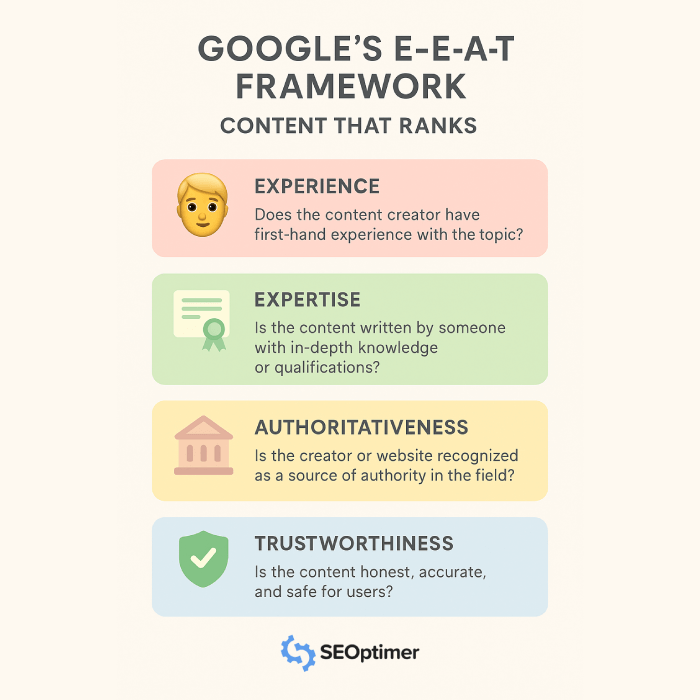
To ensure your content matches the Google E-E-A-T framework, you can collaborate with subject matter experts because it adds depth and accuracy to your articles.
You should also make sure your information is up-to-date, relevant, and reflects recent trends to stay useful and competitive.
You should also include information by covering angles or insights your competitors miss. Support your message with high-quality visuals that break down complex ideas and improve readability.
3. Optimize for Mobile Devices
Mobile devices account for the majority of website traffic.
Most people will browse your website on mobile phones, not desktops.
As a result, mobile optimization is essential for delivering a smooth search experience and meeting modern ranking standards.
One simple SXO tip I always share, is to test everything on mobile as if you’re a first-time visitor. Don’t just check that it “technically works.”
Actually ask yourself: can I scan this quickly? Are the headings pulling me in? Does the page feel fast and trustworthy?
- Michael Ryan, Director & Founder at Ink Digital
You should use a responsive template that adjusts across all platforms and devices.
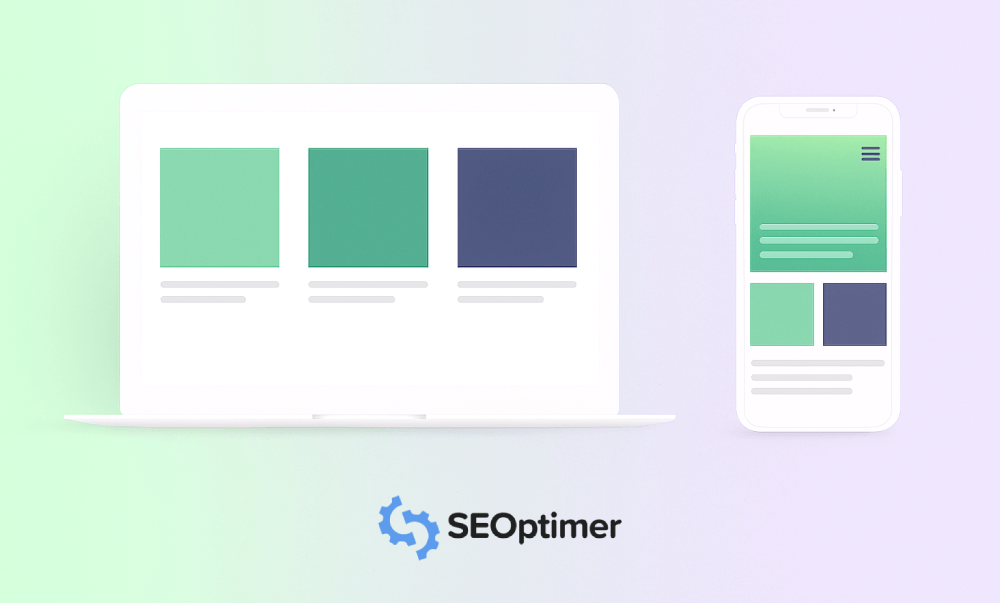
Follow the mobile-first design principles to ensure flawless rendering and easy scrolling.
Keep the content scrollable and structure your above-the-fold content to highlight key messages quickly.
Structure your content for people who skim. People should be able to get value in 5 seconds or 5 minutes. There is a 3-second rule for billboards, and similar applies here.
- Vicky Wu, CEO & Fractional CMO, Unscrewed Marketing
Compress images using a tool like TinyPNG to reduce their size and load time.
You can also improve page performance by using a content delivery network.
Optimize CSS and JavaScript files and cache pages whenever possible for faster loading times. UX enhancement lets you improve core web vitals and overall user satisfaction.
Try to remove barriers and bottlenecks that frustrate users. Get rid of popups that interfere with navigation. Prioritize functionality and user experience so every feature works as expected on mobile screens.
You should perform real device testing instead of relying only on emulators. Check how your pages behave on actual phones and tablets. Also, update your sitemaps to ensure mobile pages are properly indexed.
4. Reduce Bounce Rates
Optimizing bounce rate is an essential part of SXO because it reflects how well your content matches user expectations after their initial entrance.
A high bounce rate signals a disconnect. It hints at something that made the user leave without taking any action.
You can use tools like Google Analytics to measure your bounce rate.
Some of the top reasons for high bounce rates are:
- Slow-to-load pages
- Misleading page titles and content
- Technical errors
- Low-quality content
These issues hurt webpage performance and can damage your search rankings.
You can reduce bounce rate by ensuring your page content matches search intent. You should also add proper internal links to divert users to other pages on your domain.
5. Enhance Your Site’s User Experience (UX)
A strong SXO strategy depends on delivering an excellent user experience.
Bad usability, broken functionality, or poor visual design push users away no matter how well your content reads.
You should improve accessibility, functionality, and visual design to increase user satisfaction and reinforce the connection between UX and SEO.
You should create intuitive navigation that helps users move through your site without confusion.
Build a logical site architecture supported by consistent color schemes, proper typography, and a clear visual hierarchy to improve readability and user engagement. Your layout should support a clear value proposition within seconds of arrival.

During development, you should use wireframes, conduct usability testing, and follow an agile methodology with fast feedback loops. These steps help you find and fix UX issues early.
Use tools like HotJar to see where users click, scroll, and drop off.
ADA compliance is also necessary to make your site accessible to all users, including those with disabilities. Here is a basic ADA compliance checklist you can follow to optimize your website:
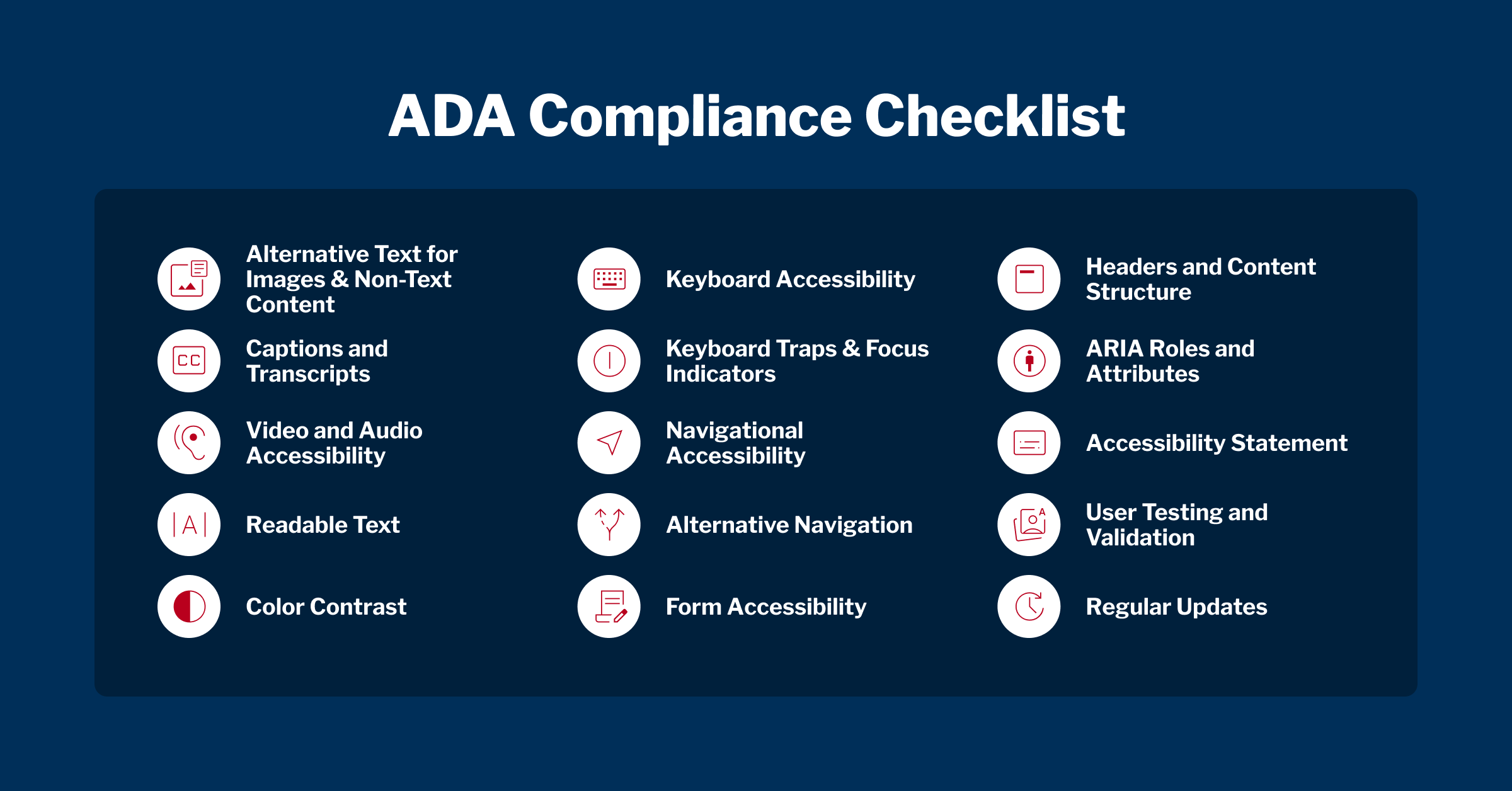
Use high-quality visuals that enhance content without slowing down the experience. Adopt functional design principles that minimize unnecessary elements and emphasize clarity.
You should also reduce friction in critical areas like forms and calls to action. Simple layouts, clear instructions, and minimal distractions can significantly improve outcomes.
Conclusion
Search Experience Optimization is about delivering a consistently positive customer experience across each touchpoint in the customer journey.
When you improve CX focus and match every interaction with user expectations, you reduce customer churn, build customer loyalty, and strengthen brand reputation over time.
You should use customer data and monitor customer sentiment to understand what needs attention. This allows you to prioritize issues that affect satisfaction and performance.
Every improvement in user experience adds value, not only for the user but also for your search visibility.
A complete SXO strategy creates a lasting impact by combining customer experience improvement with stronger search signals.
When users enjoy a smooth and helpful journey across all channels, you build trust and engagement. That leads to better SEO rankings and deeper loyalty over the long term.
